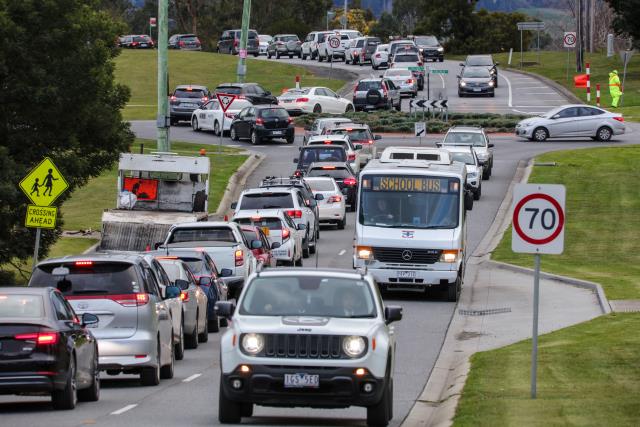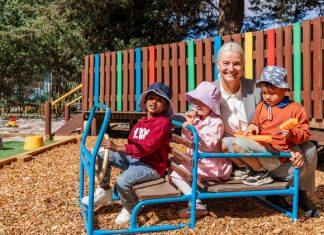Financial stress, adequate mental health services and infrastructure upgrades will be the key issues in determining who residents living in growth areas will vote for in the upcoming federal election, a survey has revealed.
The National Growth Areas Alliance (NGAA) advocates for the 5.2 million residents living in outer metropolitan areas across the country.
Their analysis of over 80,000 interviews found the need for better access to critical services.
“These residents will be looking to the party that can best support them, when they go to the polls,” Chair of the NGAA Matthew Deeth said.
“Locals in Victoria’s growth areas are living without adequate access to doctors, hospitals, schools and other social infrastructure, as well as access to local job opportunities,” Mr Deeth said.
According to the NGAA, years of underfunding in growth areas has left residents with mounting economic, infrastructure and mental health issues.
The data indicates that 26% of outer suburban residents in Victoria are living in financial survival mode, and are struggling to pay at least one bill, energy, groceries and rent in particular.
People living in the outer suburbs are also 66 per cent more likely to feel stressed and 61 per cent more likely to feel anxious than the national average.
“Throughout the pandemic, we have seen Australia’s growth areas become the hardest hit, yet despite this less than half (46%) of these residents have accessed a form of mental health support over the past 12 months in comparison to the national average of 52%,” Mr Deeth said.
Wyndham Mayor Peter Maynard said the city needed more government investment in schools, roads and facilities provided to the community.
“Growth area communities such as Wyndham are constantly overlooked. For years we have dealt with poor access to local infrastructure and critical services, and our local residents are suffering as a result. Change is needed now and action will be critical for our voters,” he said.







